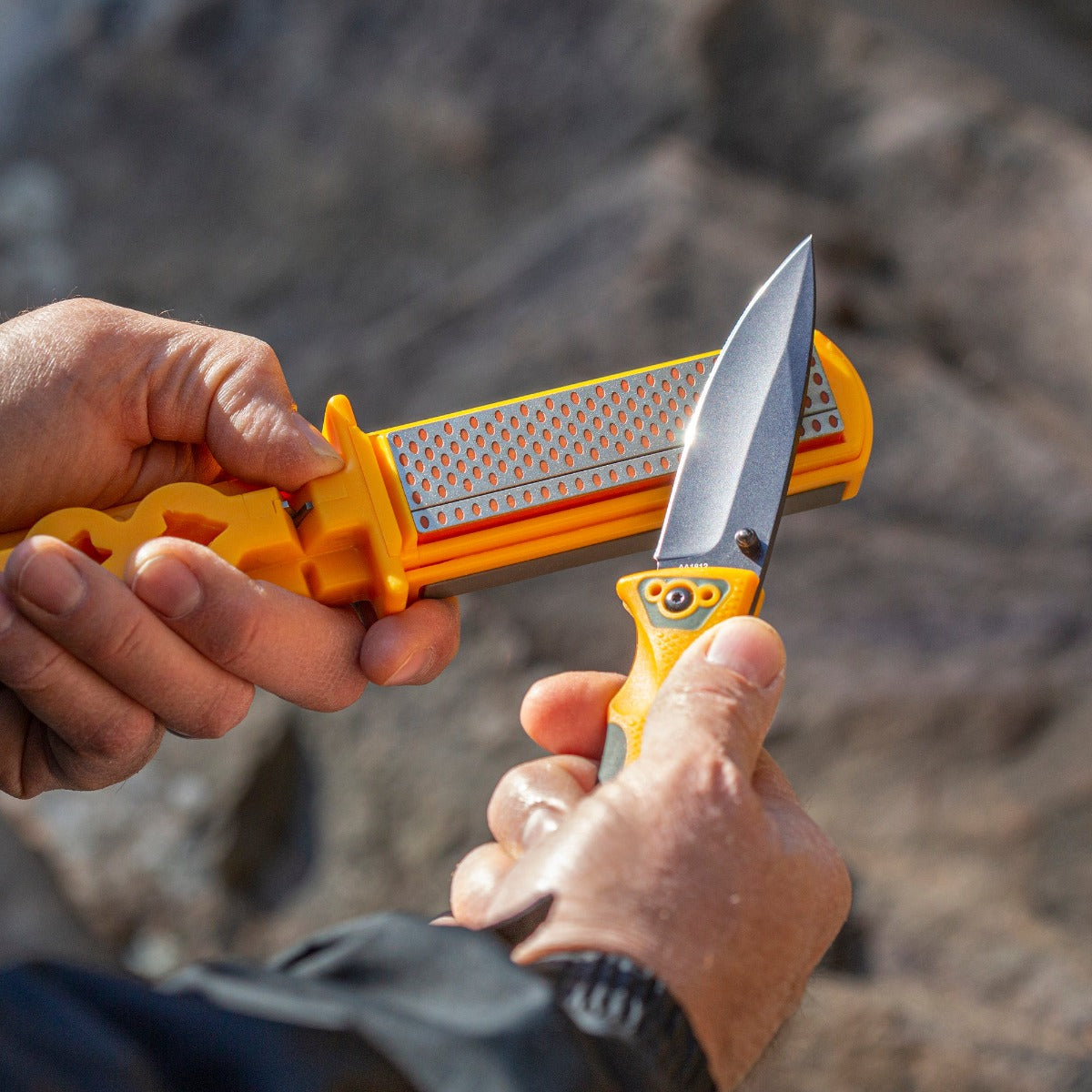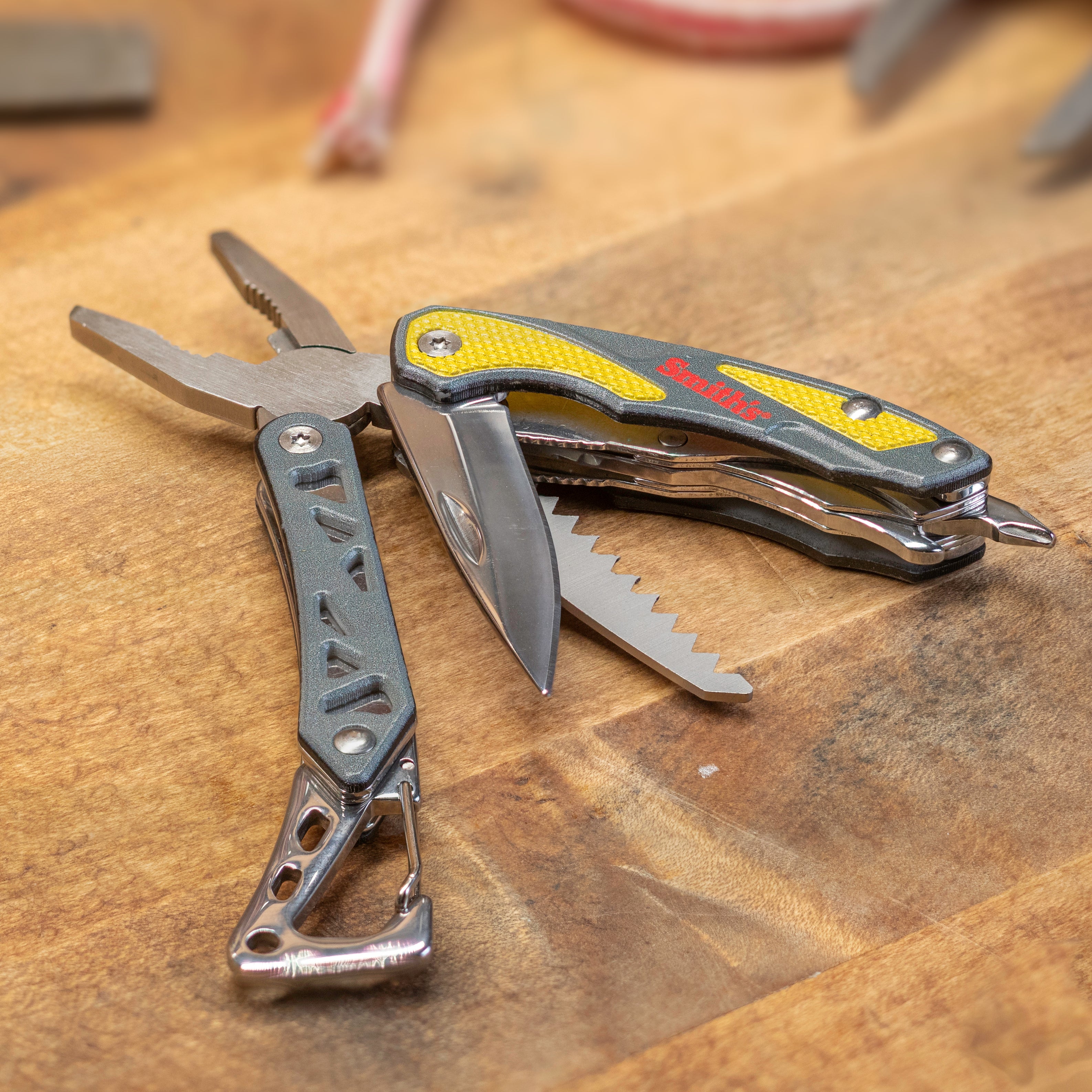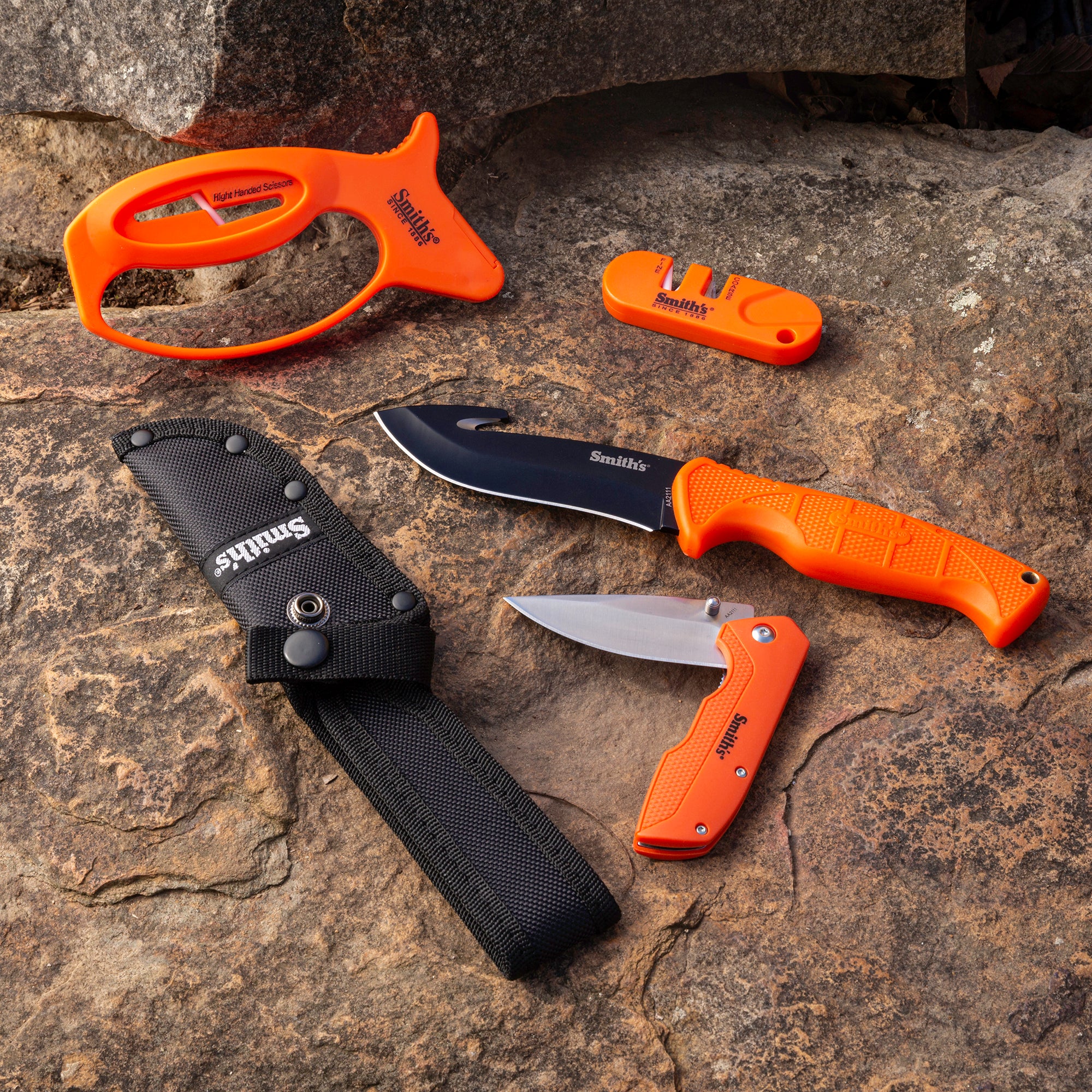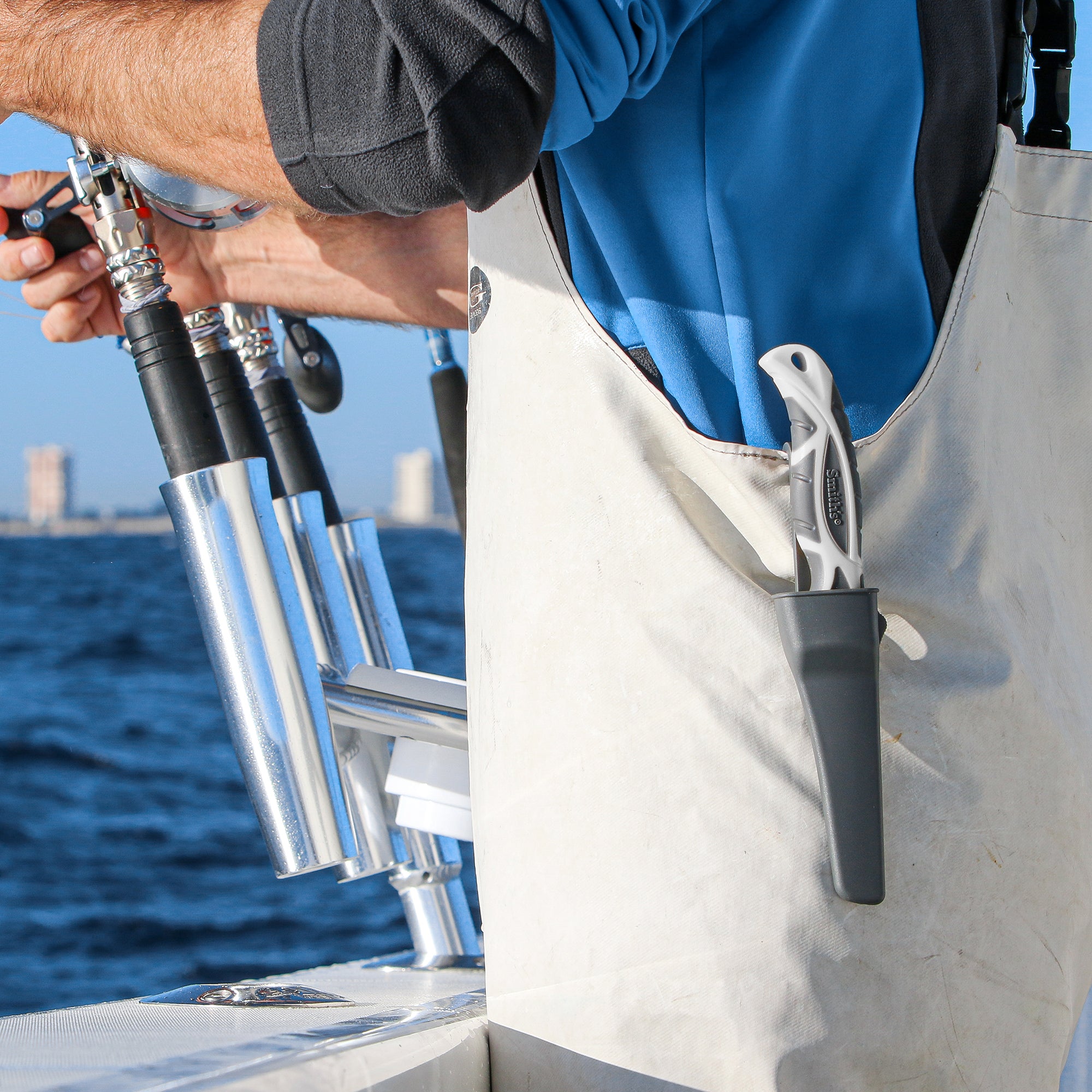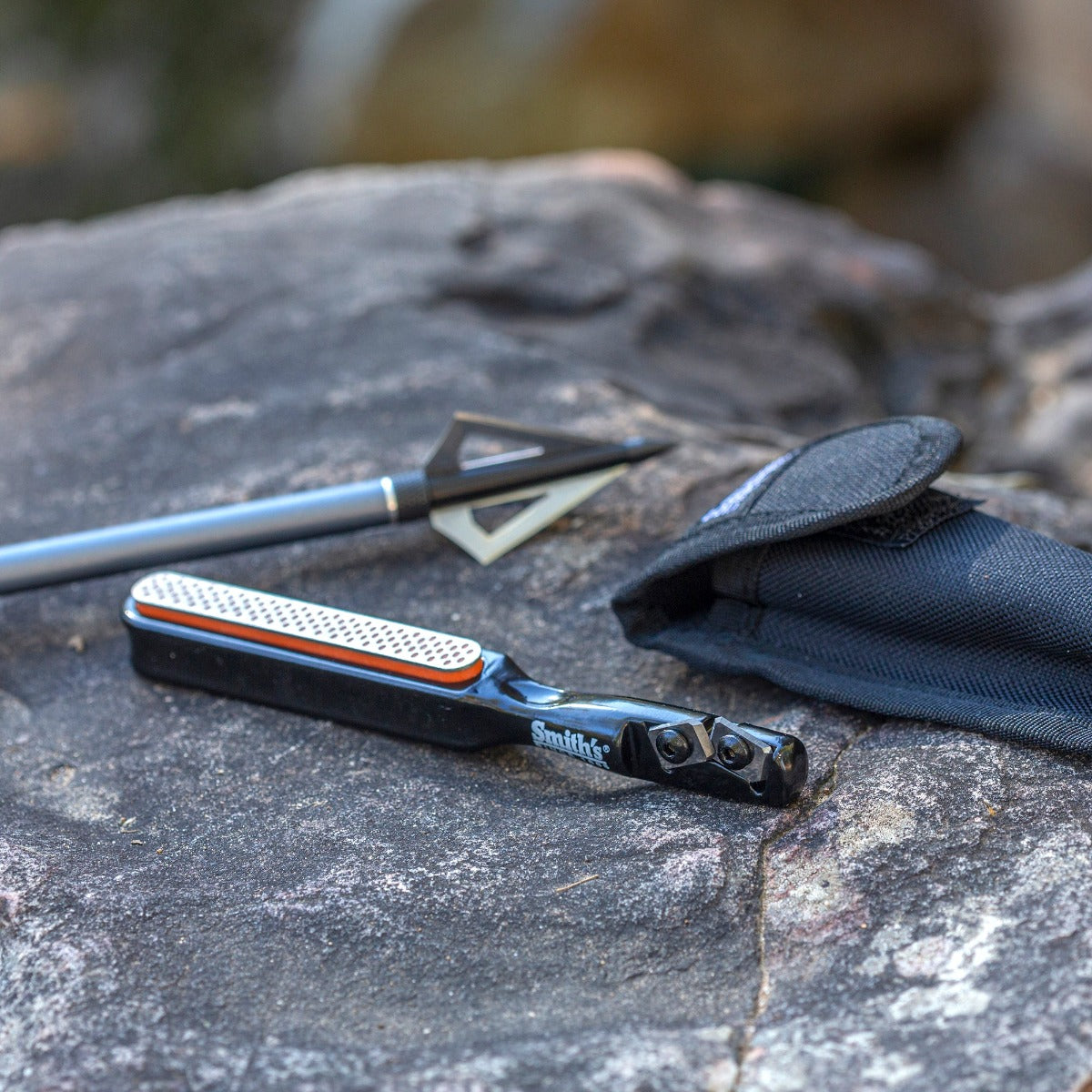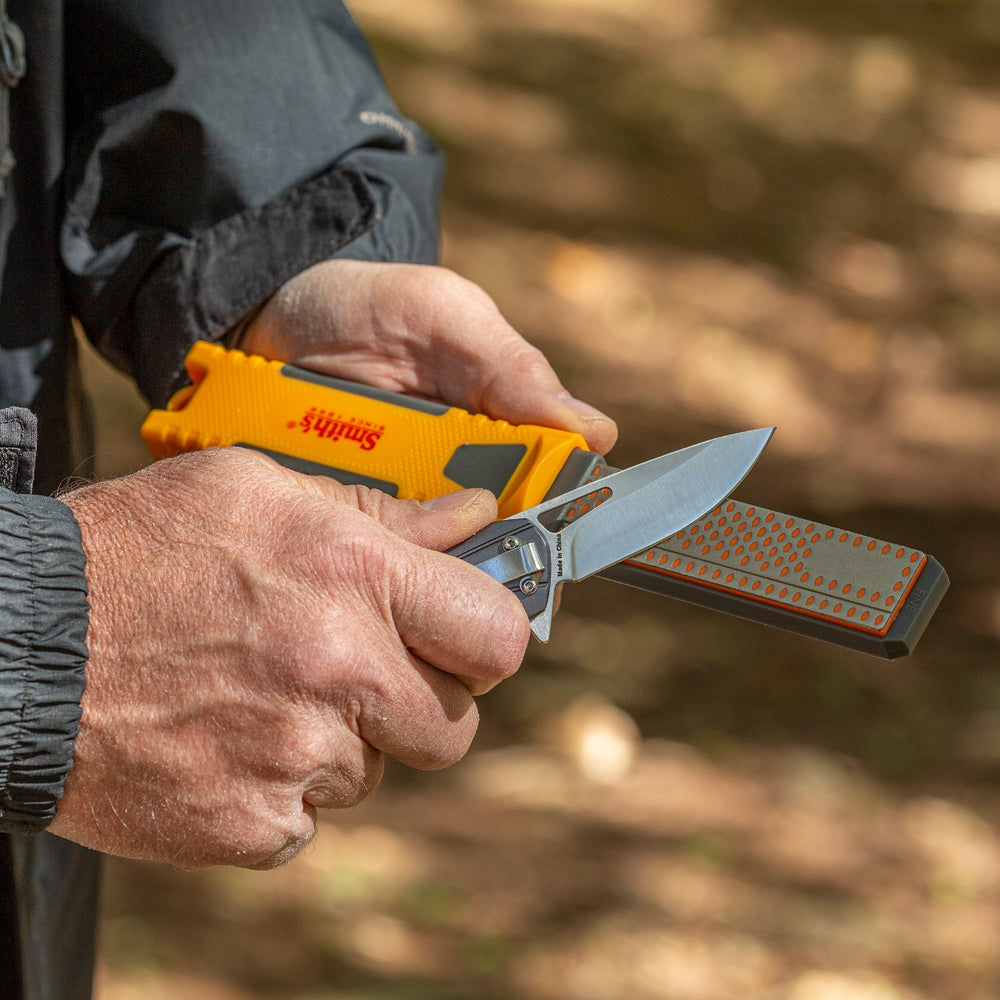TEXAS REDFISH ADVENTURE!
A TEXAS SPECIALTY- CEVICHE MADE FROM FRESH MARSH-CAUGHT REDFISH
BY: JOHN CHILDS
The Texas spring had been a windy one! I had been watching and waiting for the wind to lay down, hoping for an opportunity to hit the marsh in my Old Town kayak and chase some skinny water redfish. Finally, after a couple of months of waiting, I saw a predicted stretch of weather where the wind was supposed to lay down and be almost non- existent. If you’ve ever fished in Texas, wind is one of those commodities that’s hard to get away from. I quickly made arrangements to hit the water, chasing some Texas gold. I packed my truck with fishing necessities and beat feet to a friend's house in Houston, where I would base myself for a redfish adventure.
As I departed Houston a couple of mornings later, I hit a major traffic jam. The day was going to be shorter than I initially expected. Reaching the boat launch much later in the day than anticipated had me feeling rushed. Upon first inspection, I noticed a nice change from the water I fished the day before–the clarity of the water in the Intercoastal Canal. I fished closer to Houston the day before, but thanks to 14 inches of rain the preceding week, all of the water I had found was as excessively dirty. Pulling up and finding clean green water was a boon, making the long drive south from Houston worth the extra time!
I quickly loaded my kayak and got it launched. I worked my way across the Intercoastal and entered a series of cuts, lakes, and drains where I planned on targeting skinny water redfish. I had barely entered the marsh when I saw a flash up ahead of me that was definitely not mullet. As I got closer, I could clearly see the redfish easing along the skinny shoreline, prospecting his way through the marsh grass, looking for an easy lunch. Incredible! I was only a hundred yards into this flat and had already found my intended quarry. I gently pitched a LIVETARGET Fleeing Shrimp in front of him, but I cast a bit closer than intended and flushed him like a spooked quail.

Working my way along the marsh edge, I began to see a few more fish, and I finally realized they were all cruising off a point in the marsh grass, where the current was flowing on the incoming tide. The reds were all swimming slowly up the current line, hunting for a fresh meal. It became apparent that my best bet was to anchor up and let the fish come to me since I was spooking them before I could get a cast off in the clear water.

I anchored up in a way that held me twenty to thirty feet from the lane where most of these fish seemed to be traveling so my boat wouldn’t alert them to my presence. Using the same LIVETARGET fleeing shrimp, I targeted the fish as they came by me by pitching my bait three to four feet in front of them, waiting until they were within eighteen inches from the bait, then giving it a quick little hop. Not every fish pounced on the bait, but more often than not, they would quickly propel themselves forward, tip down and pin my bait to the bottom. I was having an absolute ball watching these fish just crush my offering.

Many times, the fish attempted to swallow my baits, and thankfully I had remembered to put my Smith’s Lawaia Pliers in my Kayak, which made unhooking my jig from their tough mouths a cinch. The best part of these pliers is their 400-series stainless steel construction which completely inhibits rust. An absolute must when fishing in any saltwater application. I used the Smith’s Regal River 6" Fish Gripper to help hold the fish while carefully removing my hooks.

I had my Smith’s Insulated Kill Bag loaded with ice. I have found over the years that if I quickly kill and bleed fish I intend to eat and immediately get them on ice, I end up with a much better table fair. It truly makes for extremely firm, sweet fillets.

IMAGE BY: DENA VICK
As the tide began to slow down, the parade of reds slowed down substantially. As it turned to early afternoon, I decided to call it a successful day and return to Houston. I had kept a couple of 23-inch fish to take home and needed to clean these as well.
Back at the dock, I filleted the fish. After spending a few hours in my Smith’s kill bag, they were cold and extremely firm, making filleting fish much easier.
To fillet a redfish, I cut them behind their pectoral fins at an angle back towards their gills in a half-moon shape down to the spine. Then I trace along their backbone with the tip of my Smith’s Lawaia 7-inch Fillet Knife, cutting through the big scales so it’s easy to remove the fillet from the side of the fish. When I get about two-thirds of the way down the fish, I push the fillet knife all the way through and run the knife all the way to the tail, and the back of the fillet is free. Next, I start working back toward the head of the fish, beginning on the top side and smoothly cutting through the meat as close to the bones as possible down to the spine. Then I start working over the backbone and separate the meat from the lower portion of the fish until I get to the rib cage. With redfish, this is always the most challenging part. There isn’t a lot of meat over the ribs, but I always lay my knife at a low angle and push the blade down along the rib bones until I’ve separated the fillet from the fish.

At this point, I have the fillet off the fish, but the skin is still attached. I lay the fillet skin side down on the table. I start at the tail section, pinching it in my left hand, and cut through the fillet down to the skin with my right hand, and then keeping the fillet knife at a shallow angle, angled down towards the skin, I smoothly run the fillet knife down the skin side removing the skin from the fillet. Now I have a perfect fillet to take home to cook. Remove any scales, put the fillets in a ziplock bag, and put them back on ice. Keeping the fillets as cold as possible is the easiest way to ensure a superior dining experience!

When I got home, I knew fresh redfish ceviche was on the menu! I’ve found that any firm-fleshed fish makes excellent ceviche, and reds are no exception. Recipe to follow below.
INGREDIENTS:
REDFISH CEVICHE
- 2 FRESH REDFISH FILLETS
- 4-5 LIMES
- 1 HALF RED ONION
- 2 PINTS CHERRY TOMATOES
- 1 JALENPENO PEPPER
- 1 SERRANO PEPPER ( YOU CAN OMIT THE PEPPERS IF YOU DON'TLIKE A BIT OF ZING)
- 1 BUNCH OF CILANTRO
- 1/2 A CUCUMBER
- 1/2 AN AVOCADO
- 1/2 A MANGO
- 1 TSP SALT

Take the redfish fillets and remove all of the bloodline. That’s basically anything red on the fillet. The bloodline is often the culprit when people complain of a fishy taste. I also try to remove any of the bones in the top part of the fillets. This can be tedious, but it is highly worth it in the finished product. If you don’t want to worry about bones, just use the back half of the fillets and the bottom of the fillet below where the bloodline was. No bones are in these sections, so you won’t have to worry about them.
Once the fish is cleaned up and deboned, cut it into small cubes about a half-inch square. Place the cubed fish in a bowl and squeeze enough limes to cover the cubed fish. Put it in the refrigerator to allow the lime juice to “cook” the fish while preparing the rest of the ceviche.

Start by chopping half of a red onion. Then chop the peppers and cilantro into fine pieces. Some people aren’t fond of cilantro, but this is up to personal taste. Add about two tablespoons of finely chopped cilantro. I think of ceviche as fish salsa, so I build it almost like a fresh pico de gallo.
At this point, add about a teaspoon of salt and mix it with the chopped vegetables. This helps the flavors meld together while preparing the rest of the ceviche.
Then peel the cucumber, dice it into small chunks, and add it to my vegetable bowl. Halve an avocado, cut it into small pieces, and add both to the onion, pepper, and cilantro mixture.
Do the same thing for the mango, and then chop the tomatoes into small pieces. I like the ceviche to be chunky but not over-large chunks. Again, this is a personal preference. You can also use any tomatoes, but cherries are sweeter, so they help add a sweet note to the ceviche that is missing with regular tomatoes.
Finally, add the fish marinating in my fridge to the vegetable mixture and combine it with the veggies. Add all the lime juice from the bowl and mix it well.

At this point, the ceviche is ready to serve. I find it absolutely delicious right when it’s done but gets tastier over the next hour as the flavors continue to blend. Serve the dish on tortilla chips, crackers, or right out of the bowl with a spoon.
Enjoy!!



